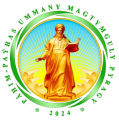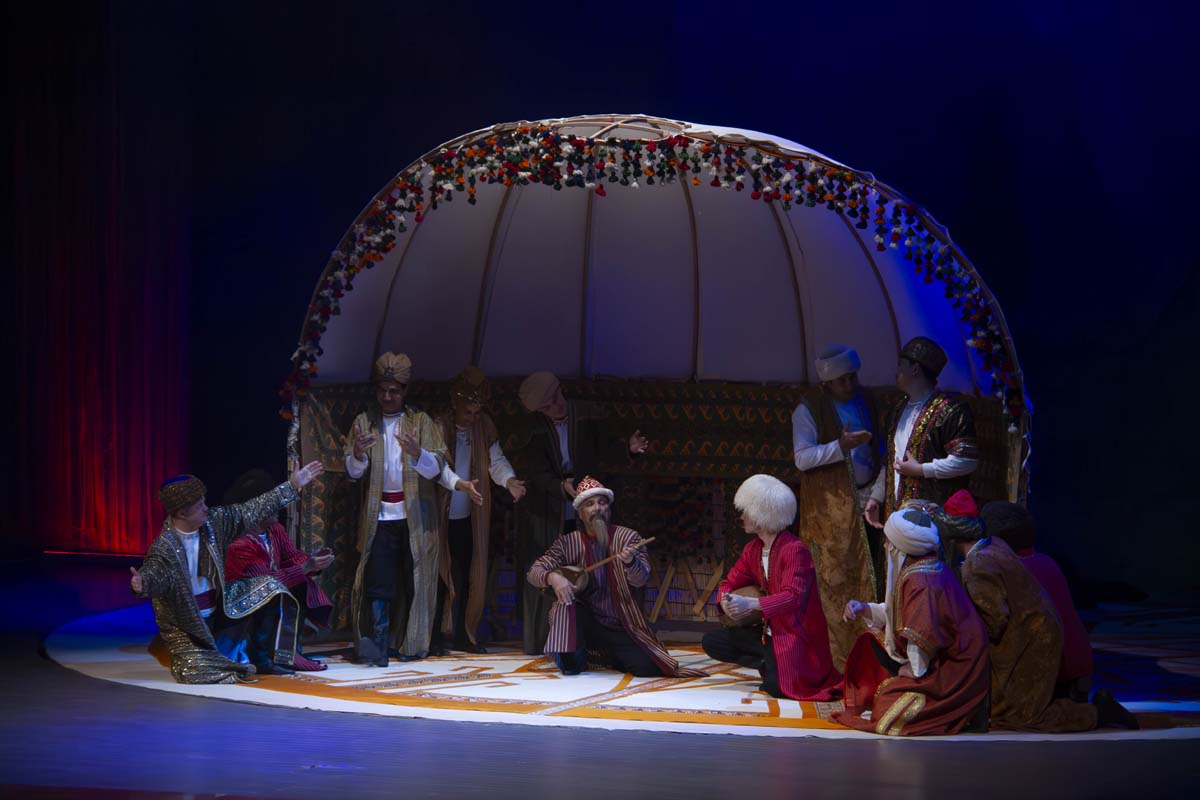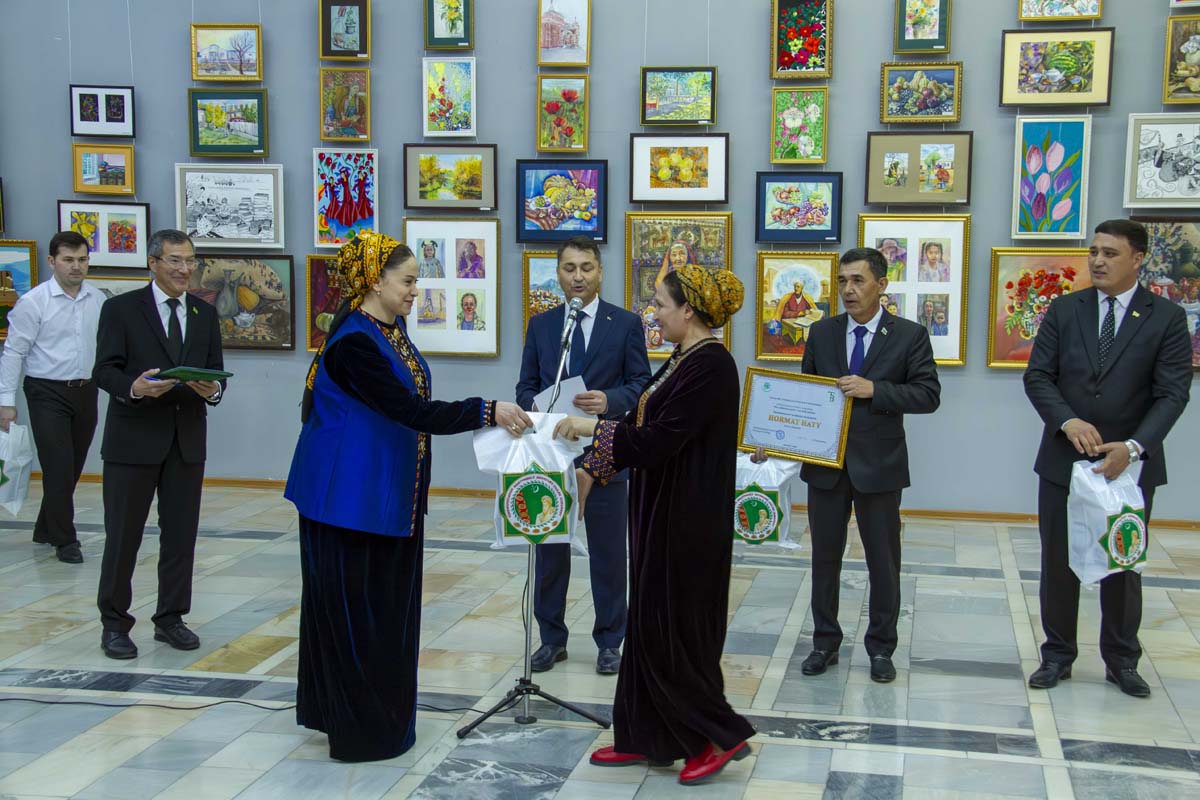The Turkmen people have centuries-old history and culture. Archaism of some customs and customs demands more detailed illumination of its hidden pages. Eventually ancient customs of our ancestors extended and have left a trace in the history and culture of not only Turkmen, but also the people of neighbouring countries. One of such cultural elements is the Turkmen tamdyr.
The tamdyr is an oven of special spherical shape, which for a long time has been used for preparation of various kinds of food and bread by people of Asia. Being irreplaceable for heating premises, it was also applied for the cult and medical purposes. The tamdyr was widely popular in the countries of Minor Asia, Azerbaijan, Armenia, Georgia, Kyrgyzstan and Spain as well as in northwest of China, in the south of Russia, Kazakhstan, Crimea, Tajikistan and India.
Archaeological excavations of layers of time of Namazga II (settlement at Geoksuyri), conducted by scientists of Turkmenistan, testify that the ancient population lived in houses from raw brick. In these houses ovens of semi spherical form like modern Turkmen tamdyr were built. In 1964-1965 scientists held archaeological excavations in Ak-depe. For the purpose of discovery of cultural life in the settlement surrounding the Ak-depe archaeologists made an exploring ditch and opening of some premises was carried out. Traces of the round shaped tamdyr were found in the eastern part. The above-stated facts directly testify to identity of material culture of the present Turkmen and their ancestors in the ancient time. Medieval historians also testify that in the kingdom of Khwarazmshahs of the dynasty of Anushtegins in bread baking a kind of round shaped oven was widespread.
Furnaces of raw material differed with a big variety of designs, among them were earthen, land (stationary) and portable, but all of them were constructed from high refractory clay for strengthening of walls of the furnace both outside and from within. Clay for the first layer was mixed with feet to make its dense, approximately, as firm plasticine and homogeneous for consistence. Sometimes wool of animals or chopped straw was added into it. The furnace represented a cylindrical design in height of about 1 metre and diameter of 35-40 centimetres.
In customs and beliefs of Turkmen the tamdyr takes an important place, as a monument of material culture. For Turkmen to this day the tamdyr is an embodiment of friendship, unity and consolidation of people. So, according to a legend, in order to subdue people conquerors at first counted tamdyrs in rural areas to know about the quantity of the families living in the territory.
Culture and life of Turkmen people was inseparably linked with customs, ceremonies, rituals, proverbs and sayings about the tamdyr. Turkmens trusted in the magic and healing force of the tamdyr. It was considered sacred at all times as bread was baked by it. The external wall of the tamdyr people still decorate with the traditional pattern called gochak to protect it from the evil eye. To cure a sick child, by legends, it was necessary to lead the child round the oven three times and an illness will leave him. In culinary predilections there are many Turkmen dishes which are to this day directly cooked in the tamdyr or connected with its name, for example, tamdyrlama.
Thanks to the support of the esteemed President of Turkmenistan separate elements of Turkmen culture and unexplored pages of history of our people today are studied. Young scientists devote the articles and scientific works to cultural history, economy, ethno genesis, ethnography and the international relations of Turkmen people.
The tamdyr is an integral part of Turkmen culture and personifies warm and friendship, and the fragrant sweet bread baked in it - a symbol of happiness and well-being.
Jennet Allaberdieva,
Senior research fellow, the Institute of History and Archaeology, Academy of Sciences of Turkmenistan






